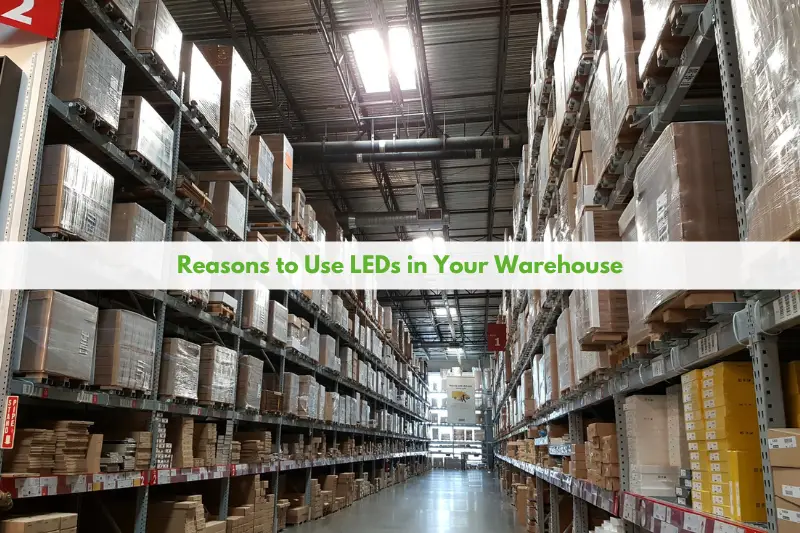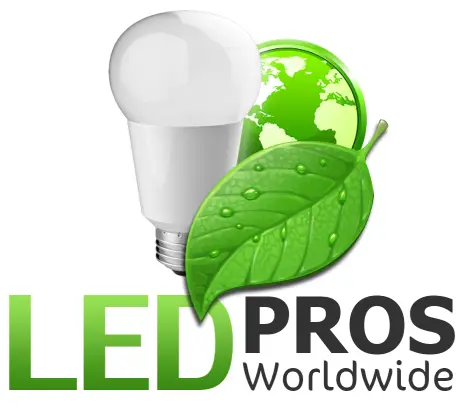When it comes to running a successful warehouse or manufacturing facility, proper lighting is absolutely essential. The right industrial lighting solutions not only help prevent accidents and injuries, but also improve worker productivity, morale, and the overall quality of work being done. But with so many different types of industrial ceiling lights on the market, how do you go about selecting the best options for your specific workspace? In this article, we’ll shed some light on the key factors to consider when making your industrial lighting choices.
The Importance of Proper Industrial Illumination
Before we dive into the specifics of choosing industrial lights, let’s take a moment to underscore just how critical proper lighting is in these environments:
– Safety: Inadequate lighting is a major contributing factor to workplace accidents. It’s much harder to safely operate machinery, drive forklifts, and avoid hazards if you can’t see properly.
– Productivity: Studies have consistently shown that better lighting leads to higher worker output. People simply work more efficiently in well-lit spaces.
– Comfort: Dim, flickering, or overly harsh lighting can cause eye strain, headaches and fatigue over time. This impacts worker wellbeing and morale.
– Compliance: Depending on your industry and location, there are likely regulations and standards (such as those from OSHA) dictating minimum lighting requirements that must be met.
Key Considerations for Choosing Industrial Lighting
Now that we’ve established the why, let’s explore the how of selecting optimal industrial lighting for your facility:
Light Output and Coverage
One of the first things to assess is how much light you actually need and where you need it. Factors like ceiling height, room size and shape, shelving/equipment layout, and the specific tasks being performed all impact your lighting requirements. As a general rule, aim for bright, uniform illumination across spaces to avoid dark spots or excessive shadows.
Fixture Types
Industrial ceiling lights come in a range of styles including strip lights, wraparound fixtures, pendants, and high bay lights. High ceilings are well suited to powerful high bay LED lights which can brighten spaces from farther away. Meanwhile, linear options like strip lights work well for illuminating aisles between shelves. Consider your space and choose accordingly.
Energy Efficiency
Switching to LED industrial light fixtures can dramatically reduce energy costs compared to older technologies. While they cost more upfront, their longevity and efficiency leads to major savings over time. Look for options with strong lumens per watt output.
Durability
Industrial lights take a beating. They’re often exposed to dust, debris, moisture, vibrations, and extreme temperatures. Choosing well-built fixtures with robust housings is crucial for long term performance. Lights with IP and IK ratings for ingress and impact protection are ideal.
Glare and Reflections
Especially in spaces where workers are driving vehicles or operating machinery, controlling glare and reflections is key. Opt for industrial ceiling lights with diffusers or reflectors that minimize direct glare on shiny floors and surfaces. Indirect lighting can also help in this regard.
Cost and Maintenance
While it’s important to invest in quality lighting, you also need to keep your budget in mind. LED industrial ceiling lights may cost more to purchase but they last far longer than fluorescent or HID bulbs, drastically reducing replacement costs. They’re also less prone to flickering and burnout, lending to more consistent illumination over time.
 |
Frequently Asked Questions
Q: How many lumens do I need for my warehouse lighting?
A: The specific lumens needed will depend on the nature of your space and tasks, but a good general target is 500-1000 lux (or 50-100 foot candles) for most warehouse applications. Read more about Discovering the Benefits of Industrial High Bay LED Lights here.
Q: Are LED industrial lights worth the extra cost?
A: While LEDs have a higher upfront price tag, their incredible energy efficiency (often 50%+ savings) and long lifespan (50,000+ hours) make them a smart investment. They pay for themselves over time.
Q: What’s the difference between lux and lumens?
A: Lumens measure the total light output from a source, while lux measures the amount of light falling on a surface. 1 lux equals 1 lumen per square meter. You can measure lux on site to assess your current lighting.
The Advantages of LED Fixtures with Built-In Surge Protection
When it comes to protecting your industrial lighting from power surges, you have a couple of options. You can either install external surge protection devices (SPDs) alongside your fixtures, or you can opt for LED lights that have surge protection built right in. The latter option offers a range of compelling benefits.
Firstly, integrated surge protection streamlines your lighting setup. Instead of having to install and maintain separate SPDs, you have an all-in-one solution. This not only saves time and simplifies your infrastructure, but it also reduces potential points of failure. With fewer components to worry about, there’s less that can go wrong.
Secondly, LED fixtures with built-in surge protection are designed with the specific needs of the light in mind. The surge protection circuit is tailored to the electrical characteristics of the LED driver, ensuring optimal compatibility and performance. This integrated approach often allows for more precise and effective surge suppression compared to generic external SPDs.
Another advantage is space efficiency. In industrial settings where space is often at a premium, every inch counts. Lights with integrated surge protection eliminate the need for separate SPD enclosures, freeing up valuable real estate. This is especially beneficial in applications like high bay lighting where fixtures are mounted at significant heights. Read more about Enhancing Warehouse Lighting: The Essential Benefits of LED Technology here.
It’s worth noting that not all LED fixtures with built-in surge protection are created equal. As with standalone SPDs, you’ll want to pay attention to key specs like surge protection rating (in joules) and voltage protection rating. High-quality LED fixtures will often feature surge protection of 4,000 to 6,000 joules or more, with VPRs under 1,000V.
Some advanced LED fixtures even feature multi-stage surge protection, which provides additional layers of defense against different types of surges. For example, they may include both a metal oxide varistor (MOV) for primary surge suppression and a transient voltage suppression (TVS) diode for secondary protection. This comprehensive approach further enhances the reliability and longevity of the lighting system.
While LED fixtures with integrated surge protection may come with a slightly higher price tag upfront, the long-term benefits can be substantial. By reducing the risk of surge damage, they can help prevent costly downtime, maintenance, and premature fixture replacements. When you factor in these avoided expenses, the return on investment becomes clear.
In the end, whether you choose external SPDs or LED fixtures with built-in protection will depend on your specific needs, budget, and facility layout. But for many industrial applications, the simplicity, space savings, and performance advantages of integrated surge protection make it a compelling choice. It’s an investment in the resilience and reliability of your lighting system – and by extension, the productivity of your operation.
Final Reflections
Proper industrial lighting is not an area to cut corners on. It plays a pivotal role in the safety, productivity, and overall success of your operation. By carefully evaluating your space, understanding your lighting needs, and investing in high quality, purpose-built industrial light fixtures, you can create a workspace that is well-illuminated, energy efficient, and conducive to getting the job done right. If you’re unsure where to start, consult with a professional industrial lighting provider who can assess your facility and recommend the optimal solution. The right lighting makes all the difference.
[gravityform id=”1″ title=”true” description=”true”]
